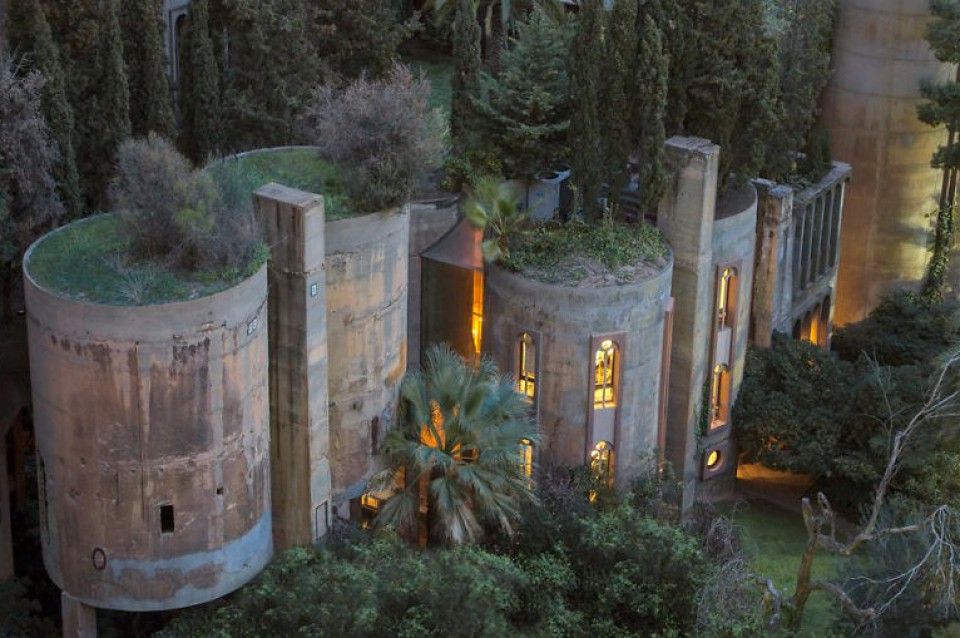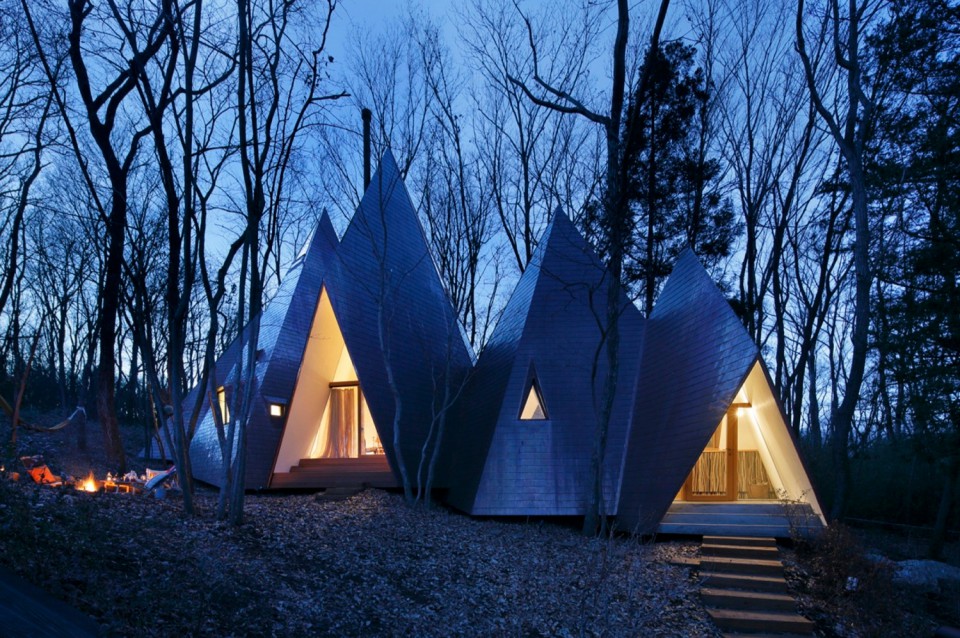Amazing! These Famous Architects Didn't Pursue Architectural Education Yet Their Designs Are Absolutely Stunning

Failing an exam can undoubtedly make you feel worried, sad, and even downcast. However, this topic can serve as motivation and encouragement for you to strive for better in life. These nine architects became famous for their captivating building designs, and many people acknowledge this fact. But who would have thought that these architects actually succeeded without pursuing formal architectural education for years? Here is the list of these nine architects.
1. Frank Lloyd Wright
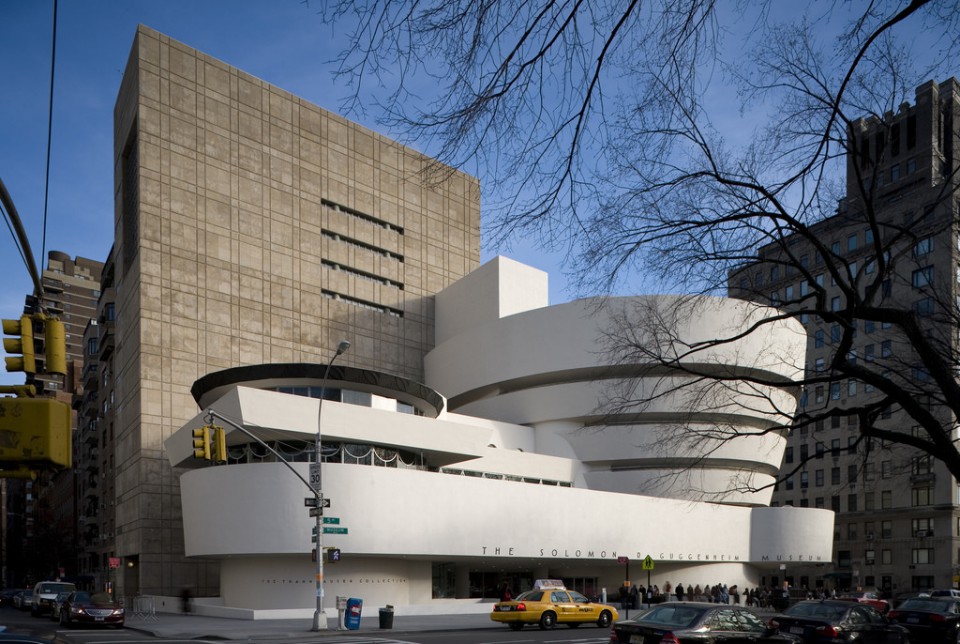
This man is hailed as the greatest American architect of all time by the American Institute of Architects in 1991. One of his famous great works is Falling Water. Interestingly, this top-notch architect did not pursue formal architectural education, although he received a doctorate from an art school. During his study of civil engineering at the University of Wisconsin, Madison, Wright was suspended due to family circumstances and dissatisfaction with the education system in 1956. After his suspension, he sought real-world experience by working as an assistant to architect J.L. Silsbee. While being his assistant, Wright also seized the opportunity by applying for a job at Adler & Sullivan, which eventually provided him six years of experience working at the prestigious firm. Louis Sullivan mentored Wright in the field of architecture before he eventually established his own firm in 1893. Despite being marked by scandals and tragedies, Wright's contribution to American architecture remains unforgettable.
2. Louis Sullivan

Sullivan introduced the phrase followed by architects to this day, "form follows function", emphasizing that the form of a building should align with its intended function. Known as the father of skyscrapers, many of his works were towering, multi-story structures. Sullivan graduated from high school and entered MIT at the age of 16 in 1872. However, impatience led him to quit towards the end of the year, and he became an apprentice to architect Frank Furness in Philadelphia and architect-engineer William Le Baron Jenney, a prominent figure in the Chicago School of Architecture. In 1875, he began working as a draftsman in various architectural firms and later became a partner of Dankmar Adler in 1879. Sullivan is also renowned for his ornamental designs on buildings.
3. Le Corbusier
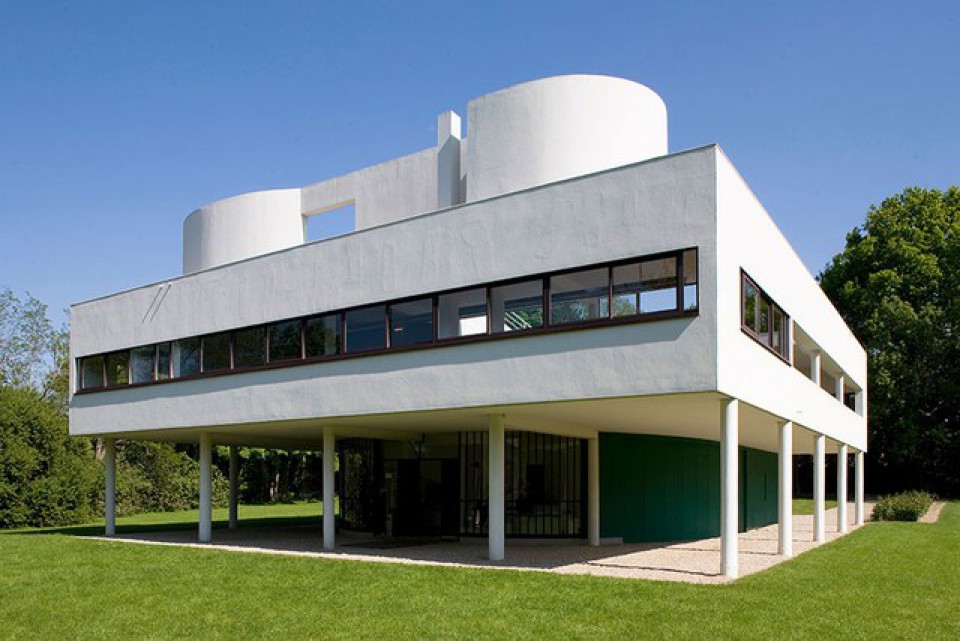
This Swiss architect and urban planner initially followed his father's footsteps, learning about trade and carving. At the age of 15, he attended the École des Arts Décoratifs in Switzerland, where three years later, his art teacher recognized Le Corbusier's talent and suggested he pursue architecture, assisting him in his first local project. Corbusier began traveling to various cities in Europe such as Athens, Venice, Vienna, and Munich from 1907 to 1911. In these areas, he didn't just leisurely tour but worked and learned in various architectural offices. He returned to his hometown in 1912 and taught alongside his mentor before establishing his own architectural firm in 1917 after moving to Paris.
4. Mies Van Der Rohe
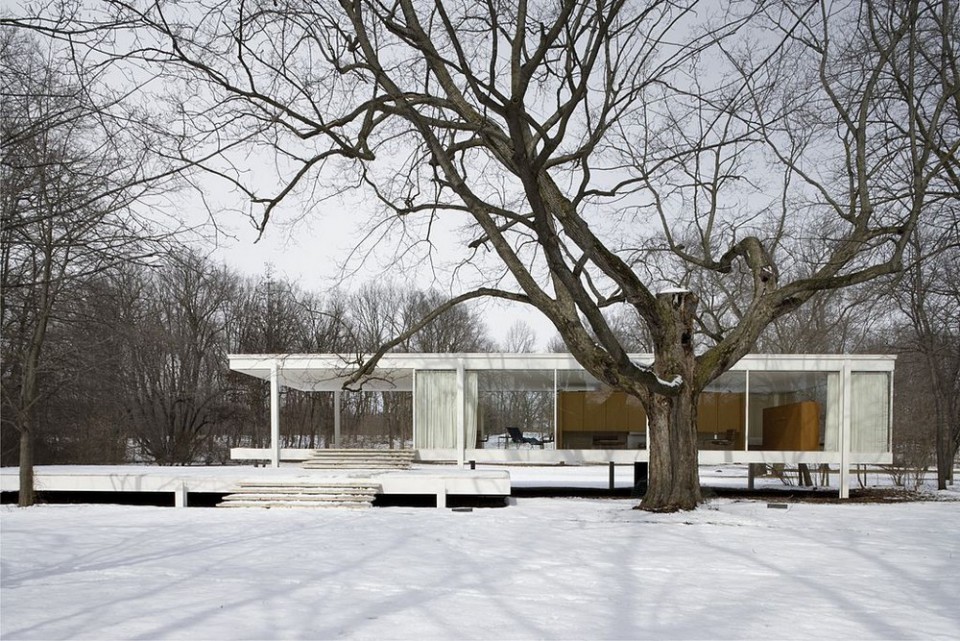
Another architect known for his worldwide phrase "Less is More". Growing up in a family of stone masons in Aachen, Germany, he had limited opportunities for formal education. Working as an apprentice bricklayer, Mies also worked at Aachen Architects, drawing outlines for architectural ornaments. This job improved his drawing and drafting skills. He then moved to Berlin in 1905 to work for an architect who he later left to apprentice under Bruno Paul, a renowned furniture designer of that time. His first project, Riehl House in 1907, caught the attention of Peter Behrens, who offered Mies a position in his office. After four years of working with Behrens, his skills further developed, blending art and technology. In 1912, Mies left Behren's office and started his own firm, which successfully received requests for private houses for Berlin's elite.
5. Tadao Ando
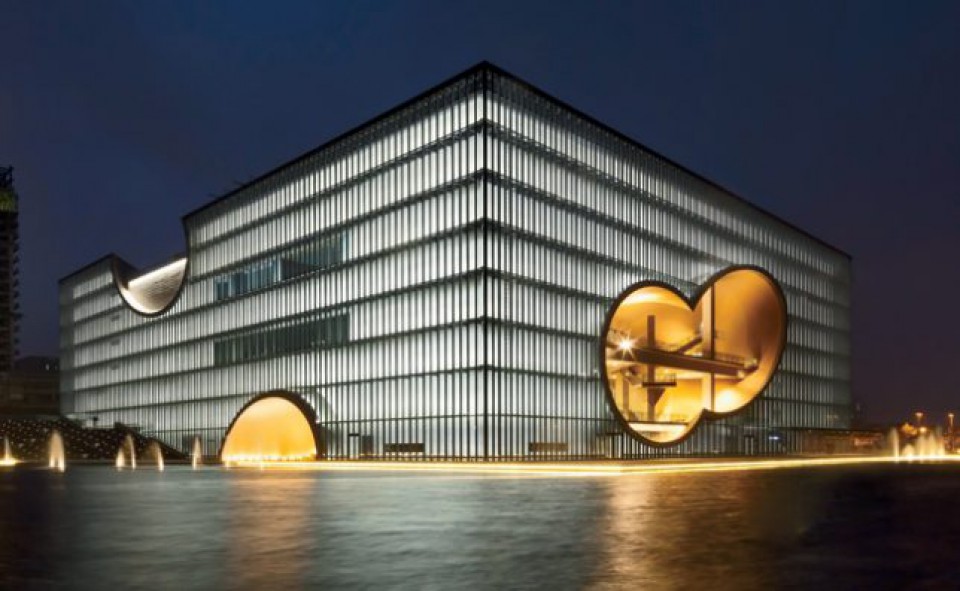
The famous architect from the Land of the Rising Sun was a former professional boxer in Osaka, Japan. He later studied engineering with a math teacher and a local carpenter, sparking his interest in the field of architecture. Both elements served as his initial starting points in architecture. Ando, unable to attend university, began studying architecture autodidactically by reading books, attending night classes, and visiting buildings in Japan and abroad to study them. Ando often designed interiors for various cafes in the Kansai area. In 1969, at the age of 28, he founded his architectural firm, Tadao Ando Architects & Associates, in Osaka. His firm often received requests to design residential homes. He is known for his geometric architectural style with exposed concrete finishes. His work expanded beyond residential homes to include places of worship in Japan, such as the water temple and church of light. Ando also broadened his horizons by designing buildings outside Japan, such as the Poly Grand Theater in Shanghai, the Hansol Museum in South Korea, and several other buildings.
6. Buckminster Fuller

One of the figures known for his great ideas is Buckminster Fuller, and he had a challenging time with formal education. The man famous for his geodesic dome design was expelled from Harvard University twice. He himself acknowledged that it was a difficult time for him back then. His father passed away when he was young, so when he enrolled at Harvard, there wasn't much support to help him engage in university activities. Experiencing social class distinctions at the university, Fuller began to skip classes frequently, slack off, and eventually got expelled again. Despite that, he worked very hard outside of academia and eventually became a prominent architect remembered to this day for his characteristic geodesic dome designs.



